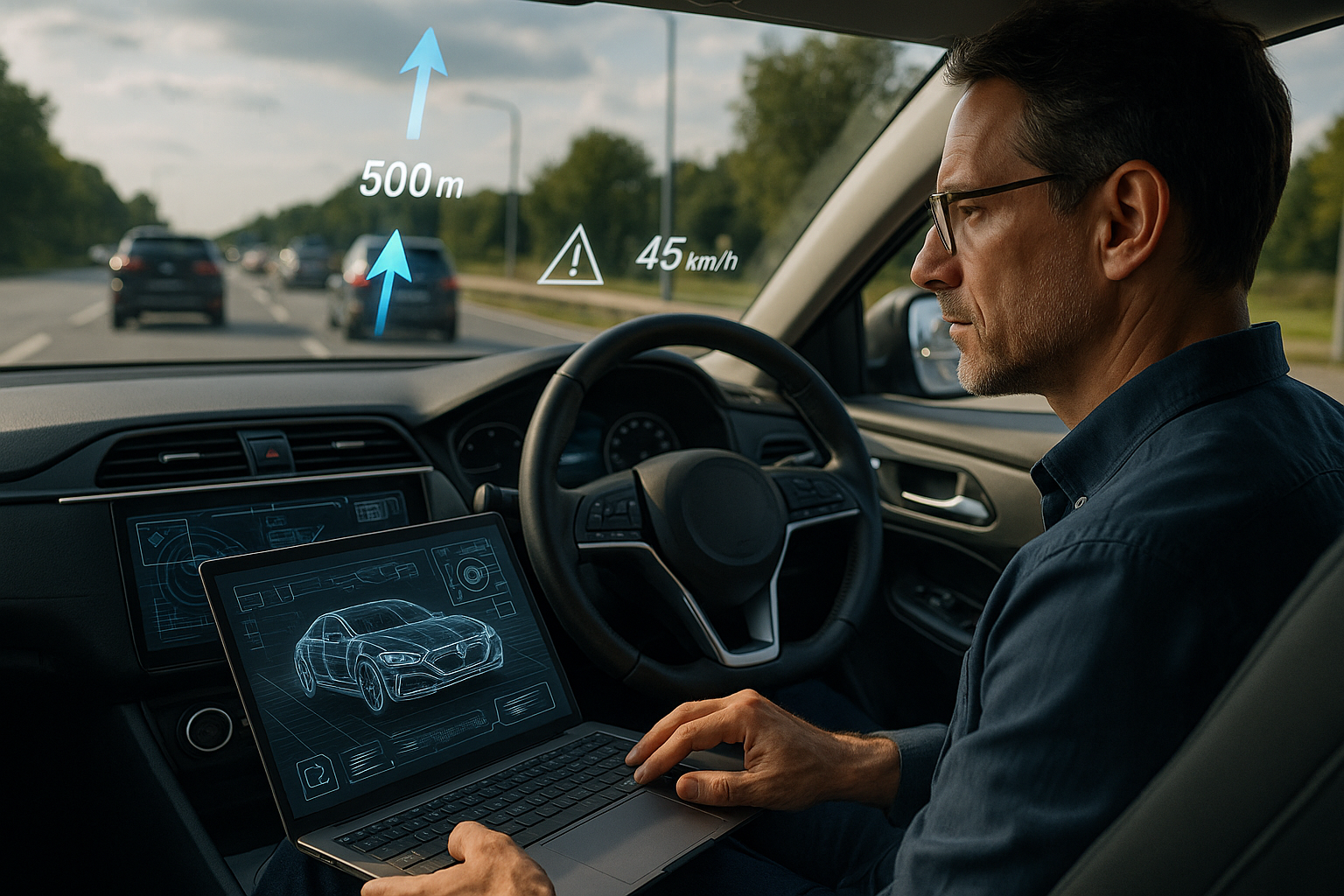Bridging the Gap: How Augmented Reality is Transforming the Automotive Industry
Imagine a world where your vehicle's windshield becomes a fully interactive, transparent screen, guiding you through traffic, highlighting landmarks, and alerting you of potential hazards. Welcome to the world of Augmented Reality (AR) in the automotive industry, a revolution that is not just transforming the driving experience but also vehicle manufacturing and maintenance.

The Genesis of Augmented Reality in the Automotive World
The concept of Augmented Reality isn’t new; it has been around since the early 1990s. However, its application in the automotive industry started gaining traction in the late 2000s. The initial use of AR was primarily for design and manufacturing, allowing engineers to visualize and test new car models virtually. This technology has evolved significantly over the past decade, with companies like BMW, Mercedes-Benz, and Tesla integrating AR into their vehicle systems, enhancing the driving experience and safety.
Current Landscape: AR in Today’s Cars
AR has gradually woven itself into the fabric of the automotive industry, enhancing various aspects of the driving experience. AR-based Head-Up Displays (HUDs) project critical information onto the windshield, minimizing driver distraction. AR navigation systems overlay directions onto real-world views, making navigation more intuitive. Additionally, AR is being used to enhance safety features, warning drivers of potential hazards and assisting in complex maneuvers like parking.
Augmented Reality: The Impact and Potential
AR’s impact on the automotive industry is far-reaching, with benefits ranging from improved safety to enhanced comfort. By overlaying information onto the driver’s field of view, AR reduces the need to look away from the road, enhancing focus and safety. Furthermore, AR can help novice drivers by providing real-time training and guidance, thus improving their skills and confidence.
However, the challenges to AR’s widespread adoption should not be overlooked. High costs, technical complexities, and the need for massive data processing are significant hurdles. Moreover, there are safety concerns related to over-reliance on AR and the potential for information overload.
The Road Ahead: Future Perspectives
Looking ahead, AR’s role in the automotive industry is set to expand. As technology improves and costs decrease, we can expect to see widespread adoption of AR in mainstream vehicles. Future applications could include immersive in-car entertainment, personalized driving experiences, and advanced safety features.
The intersection of AR and automotive technology also opens up new avenues for innovation. For instance, the integration of AR with other technologies like Artificial Intelligence (AI) and the Internet of Things (IoT) could lead to the development of truly smart vehicles, offering personalized, intuitive, and safe driving experiences.
Wrapping Up
While AR is still in its infancy in the automotive industry, its potential is enormous. As this technology continues to evolve and mature, it promises to transform the way we drive, making our journeys safer, more enjoyable, and more intuitive. So, buckle up and get ready for an exciting ride into the future of driving with Augmented Reality.






